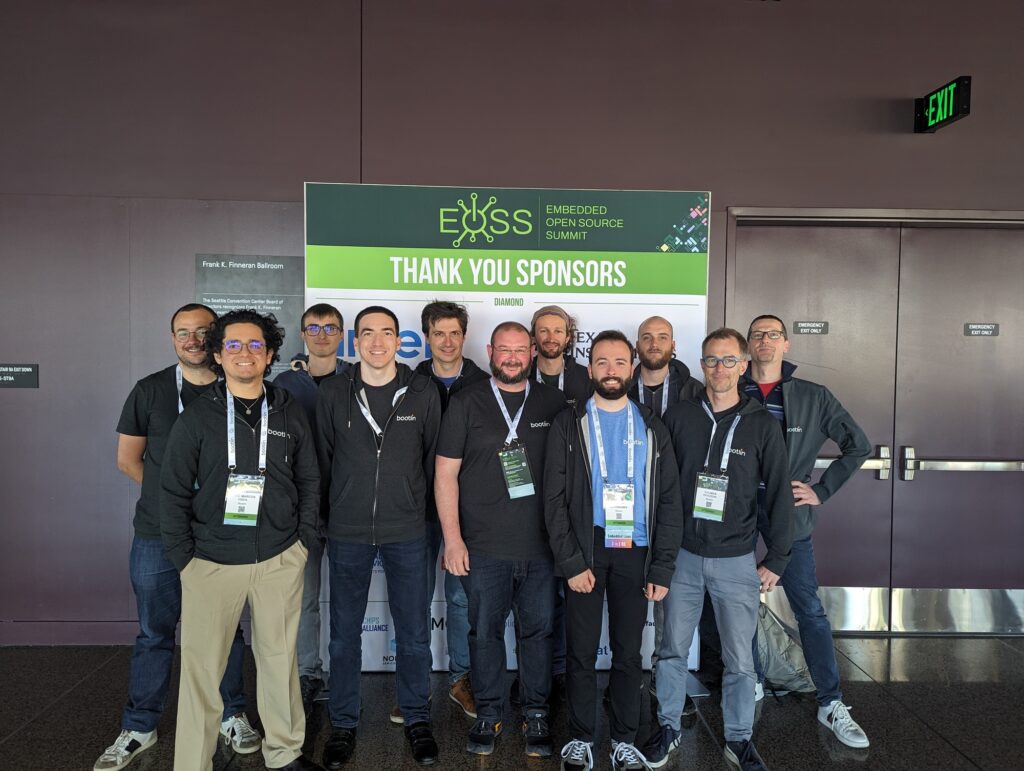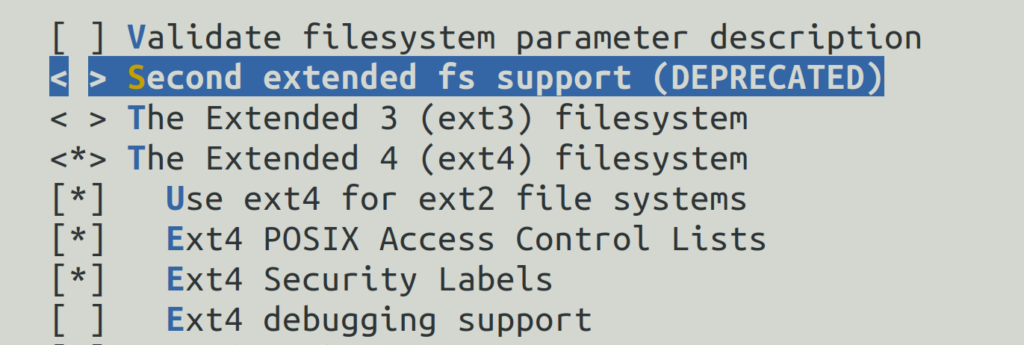 We are very happy to welcome in our team Richard Genoud, who joined us at the beginning of April, and already participated to his first conference with Bootlin by attending the Embedded Linux Conference this week.
We are very happy to welcome in our team Richard Genoud, who joined us at the beginning of April, and already participated to his first conference with Bootlin by attending the Embedded Linux Conference this week.
Richard started using Linux in 1998, and his journey working with embedded Linux started in 2001, so Richard brings to our team over 20 years of experience working on embedded Linux systems. In his previous positions, Richard has worked on all aspects of embedded Linux, from porting and improving bootloaders, porting the Linux kernel to various hardware platforms, using build systems such as Buildroot, developing user-space applications. Richard helped ship and maintain products in the field for many years.
Richard is also an open-source contributor: he contributed support for the NAND ECC controller on Microchip platforms, contributed improvements to the UART driver for Microchip platforms, for which he is the official Linux kernel maintainer, but Richard also made contributions to U-Boot, dnsmasq, msmtp, Buildroot, connman, Busybox or mtd-utils.
For more details, see Richard’s profile on our site.

 From May 14 to May 16,
From May 14 to May 16,  The latest release of the
The latest release of the 

 We are very happy to welcome in our team
We are very happy to welcome in our team 
 We just released version 2024.02 of the
We just released version 2024.02 of the